The case of the Ontario Science Centre: a 20th-century architecture classic facing an uncertain future
The Ontario Science Centre by Raymond Moriyama is in danger; we look at the legacy and predicament of this 20th-century Toronto gem
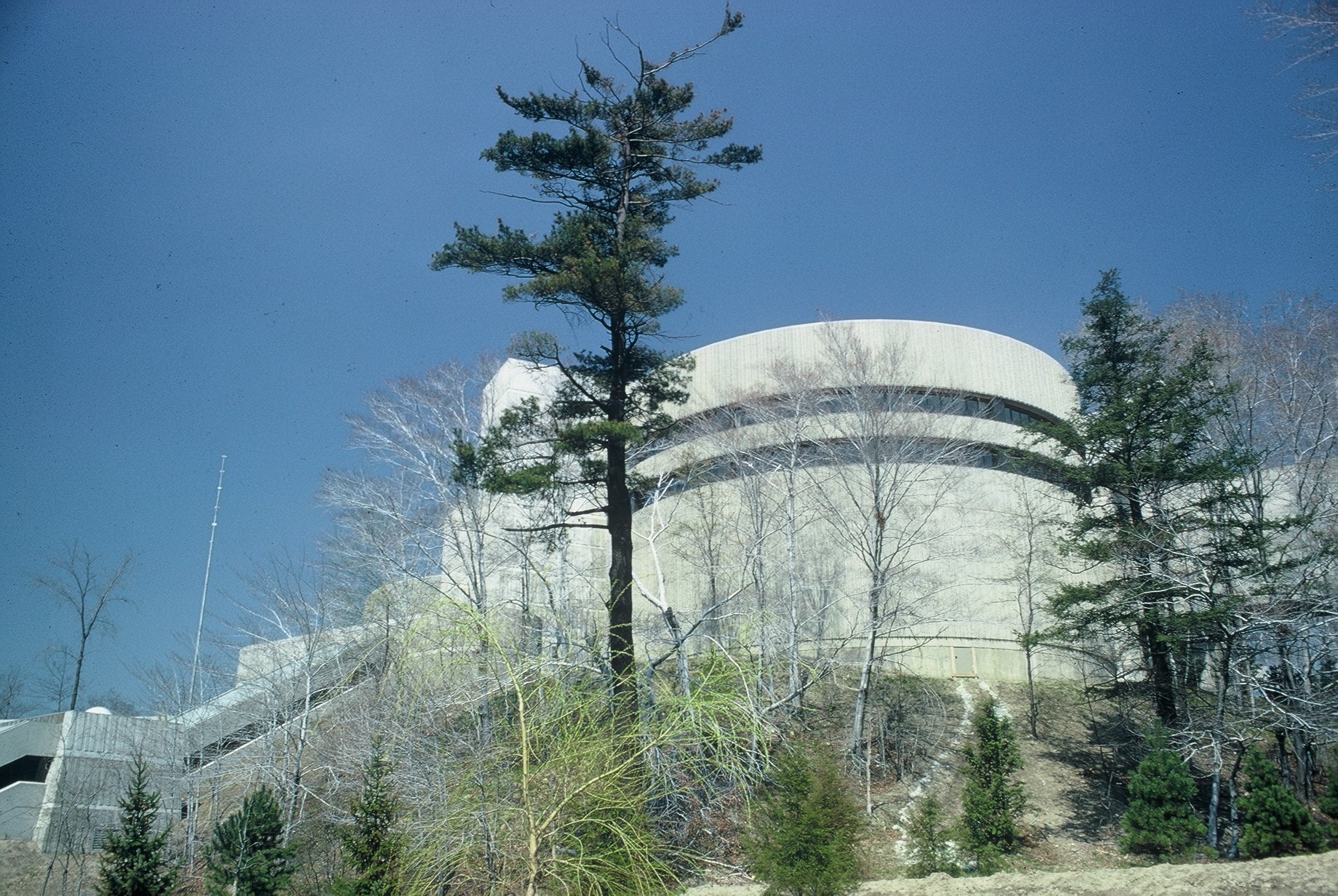
When Raymond Moriyama (1929 – 2023) designed the Ontario Science Centre (1969), he took on the architectural mandate to ‘connect with nature’ to another level. Building on a challenging patch of green, 12km from Toronto’s downtown core, the Vancouver-born, Toronto-based architect broke down the building into three parts and made it a slave to its site: part one sits on the public road; a bridge leads to part two; and an escalator down a valley to part three.
As an added challenge, he made it out of concrete but so apposite it seems as if it grew from a scattering of seeds. But don’t call it brutalist architecture, says architect Brian Rudy, who worked closely with Moriyama on the 2005 Canadian War Museum in Ottawa.
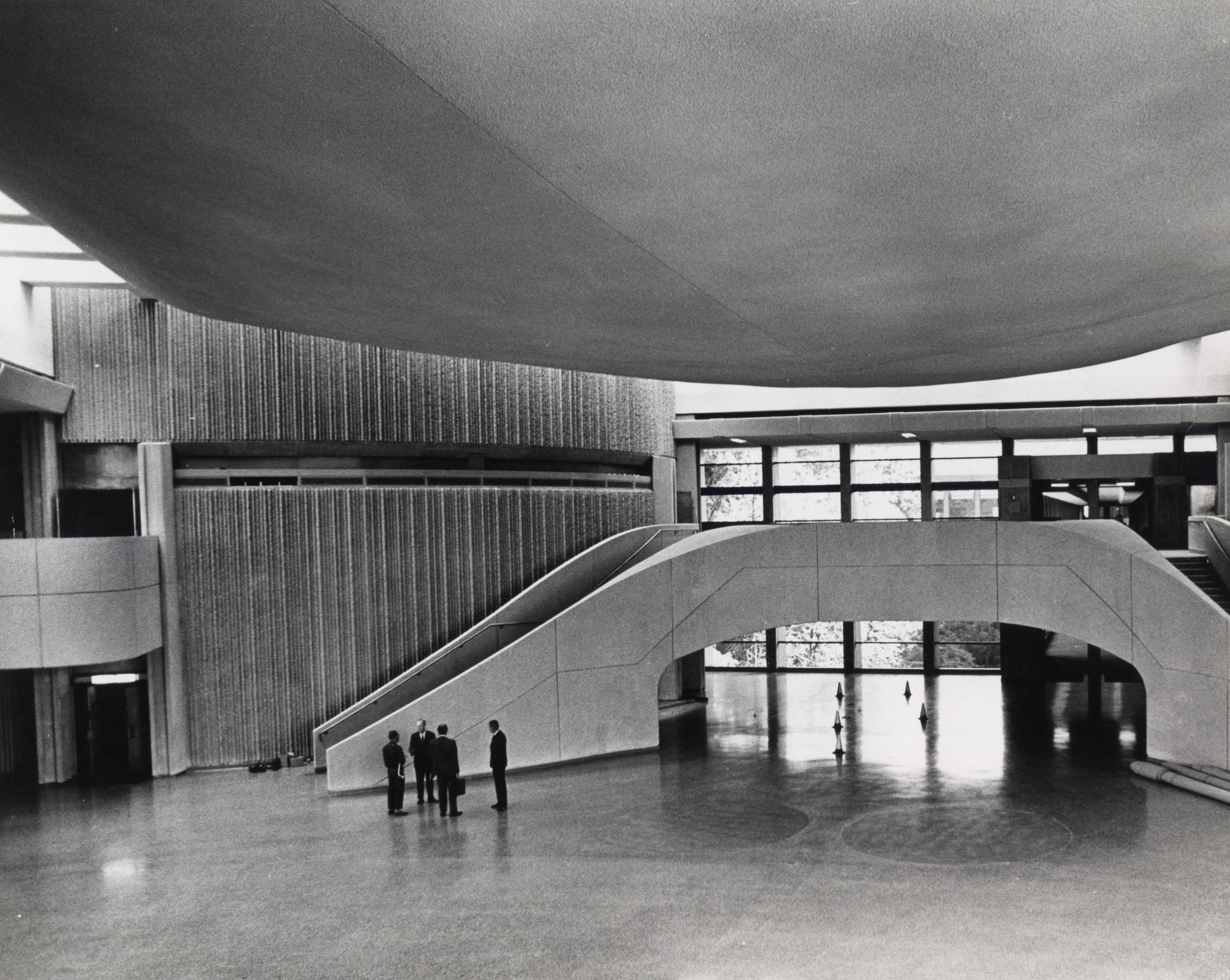
Archive interior image of the centre's lobby
The case of the Ontario Science Centre
'Maybe, technically, it was done in the brutalism era,' he says, ‘but it really wasn’t the experience in the building; [it was] about the textures, the spaces, and most importantly, the connection to nature. The bridge was the moment of being up in the treetops, seeing the canopy of trees, whatever wildlife you can see, getting a different perspective on the forest, and then the escalator was about the understory and the root systems, and the bugs and the insects.’
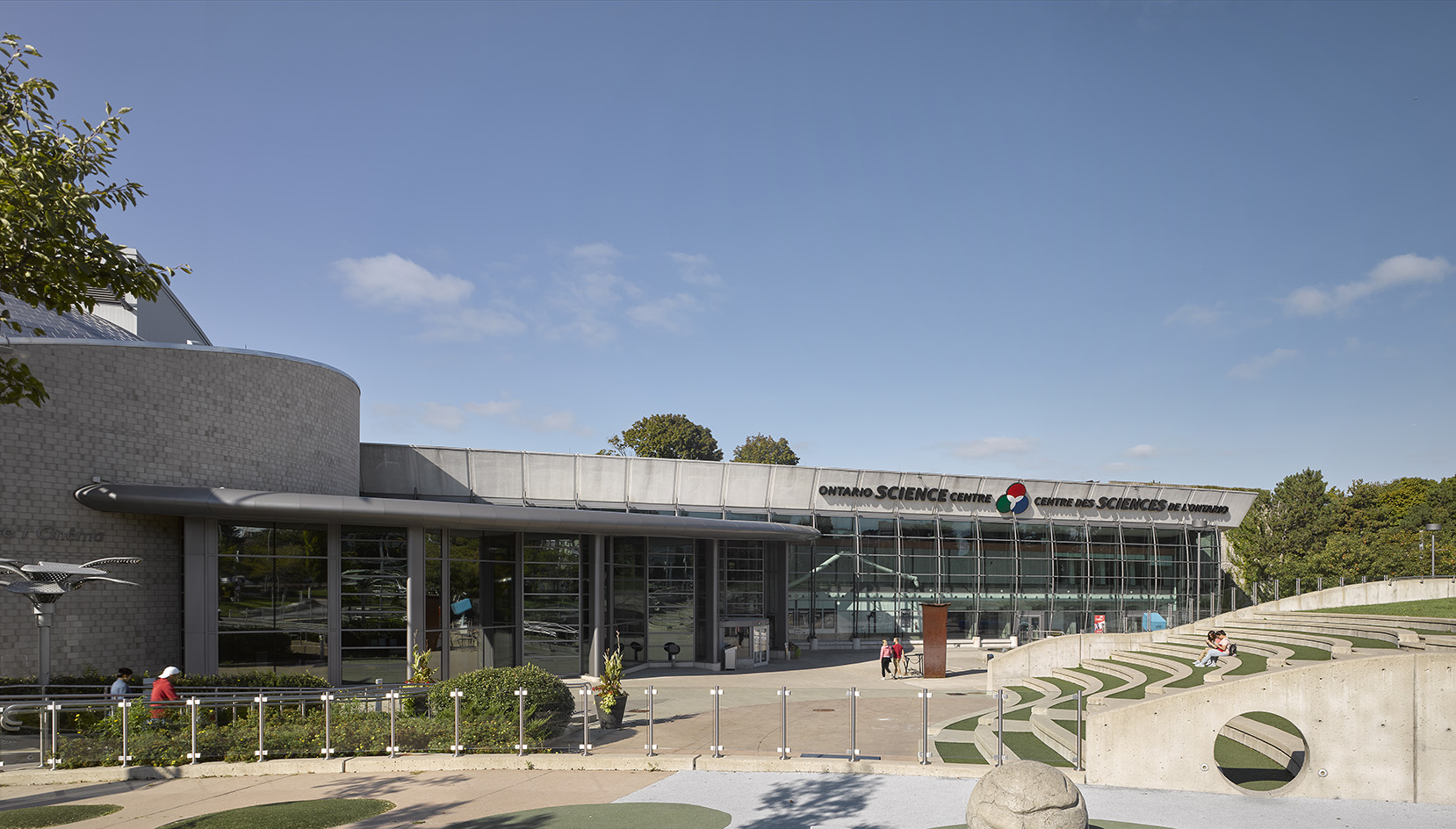
It certainly was unlike anything that had ever been built before. When the commission was awarded by the Ontario government in 1964, it was Canada’s first interactive science museum and one of the first in North America. Generations of school children were deposited under its bold, cantilevered canopy (obscured by a 1996 renovation by Zeidler Roberts Partnership that also added a domed IMAX theatre).
This led to an airy reception hall, where the anticipation of a day filled with touchy-feely activities and the hair-raising experience of the Van der Graaff generator filled the air with more than just static electricity. Some kids (such as this writer) were more interested, however, in the jagged bands of concrete and how they contrasted with other bits that looked like fossilised wood.
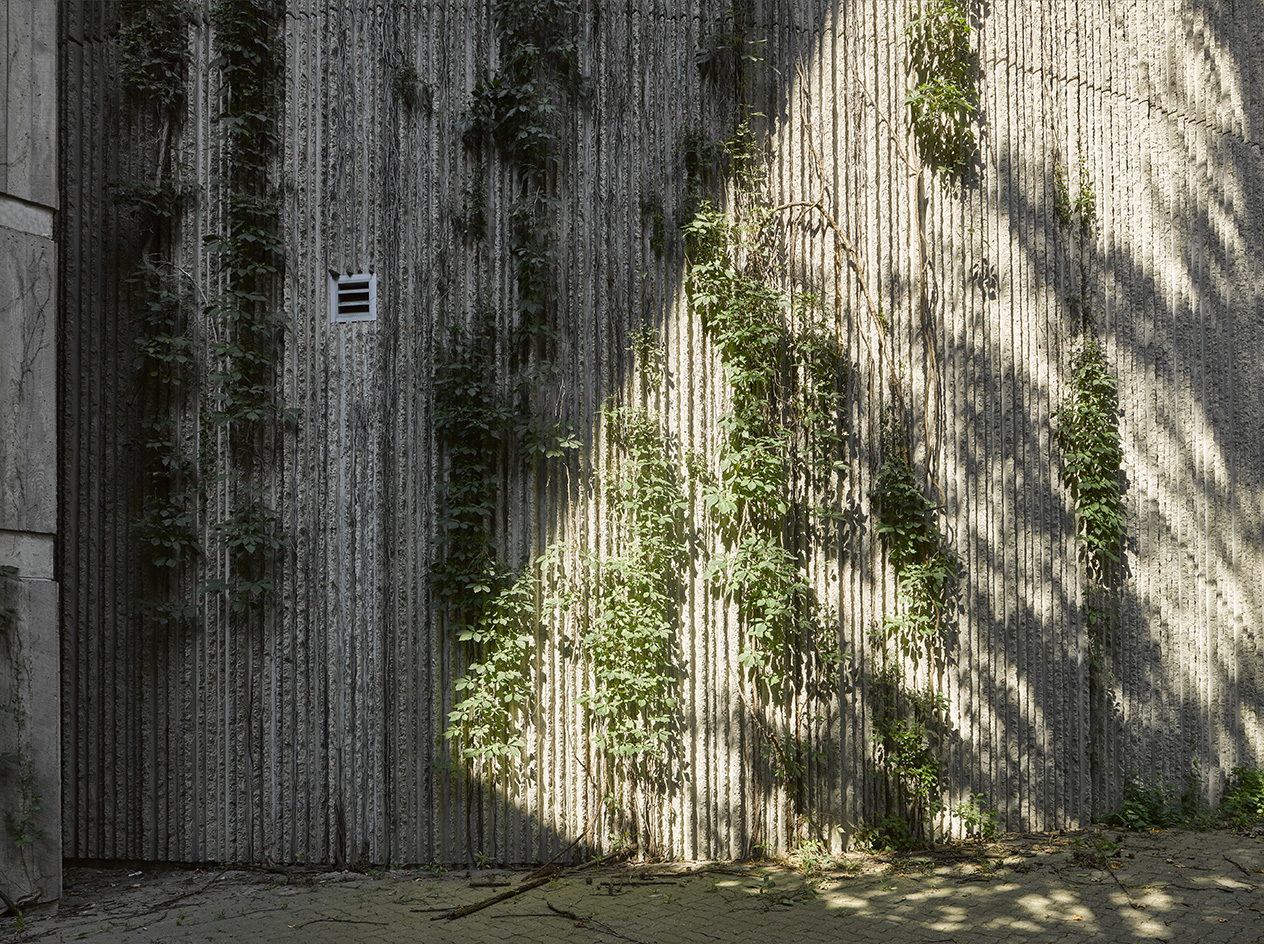
'He had very specific ideas about how the board-form pattern [...] should look and feel and work,' says Rudy. 'I remember he talked about the ooze joints, which means separating the boards where you’re forming it to ensure the concrete oozes out between them, and that was all about making it look very natural and kind of rough-hewn.'
Part rough-hewn Mayan temple, part sleek modernist architecture pavilion, Moriyama’s magnum opus currently faces an uncertain future. Abruptly closed by the provincial government in June 2024 due to 'failing infrastructure including critical roof issues' (quoted from the OSC website), the building was referred to as a ‘total mess’ by Ontario premier Doug Ford at a press conference.
Wallpaper* Newsletter
Receive our daily digest of inspiration, escapism and design stories from around the world direct to your inbox.
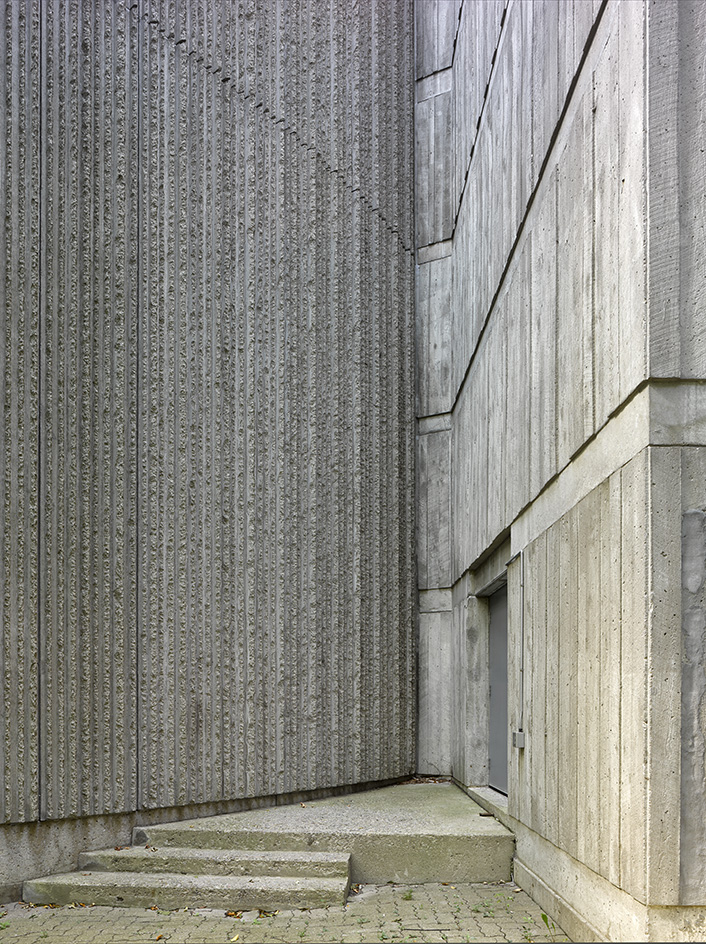
Public outcry was swift, and the Canadian Broadcasting Corporation found that less than six per cent of the building’s reinforced autoclaved aerated concrete (RAAC) roof tiles were dangerous. Working with Rudy, Canadian Architect magazine editor Elsa Lam determined that none of those were over exhibition areas. Moriyama Teshima Architects offered to oversee repairs pro-bono; the 'godfather' of artificial intelligence, University of Toronto professor Geoffery Hinton, offered up a million Canadian dollars; the family-run Vohra Miller Foundation offered the same; the Save Ontario Science Centre Group raised almost 93,000 signatures to a letter to the Premier to save it; while other concerned groups raised hundreds of thousands of dollars.
The premier has not accepted any help thus far, opting instead for plans to relocate the OSC to much smaller quarters at the shuttered Ontario Place site in Toronto Harbour (a significant architectural complex his government closed down as well).
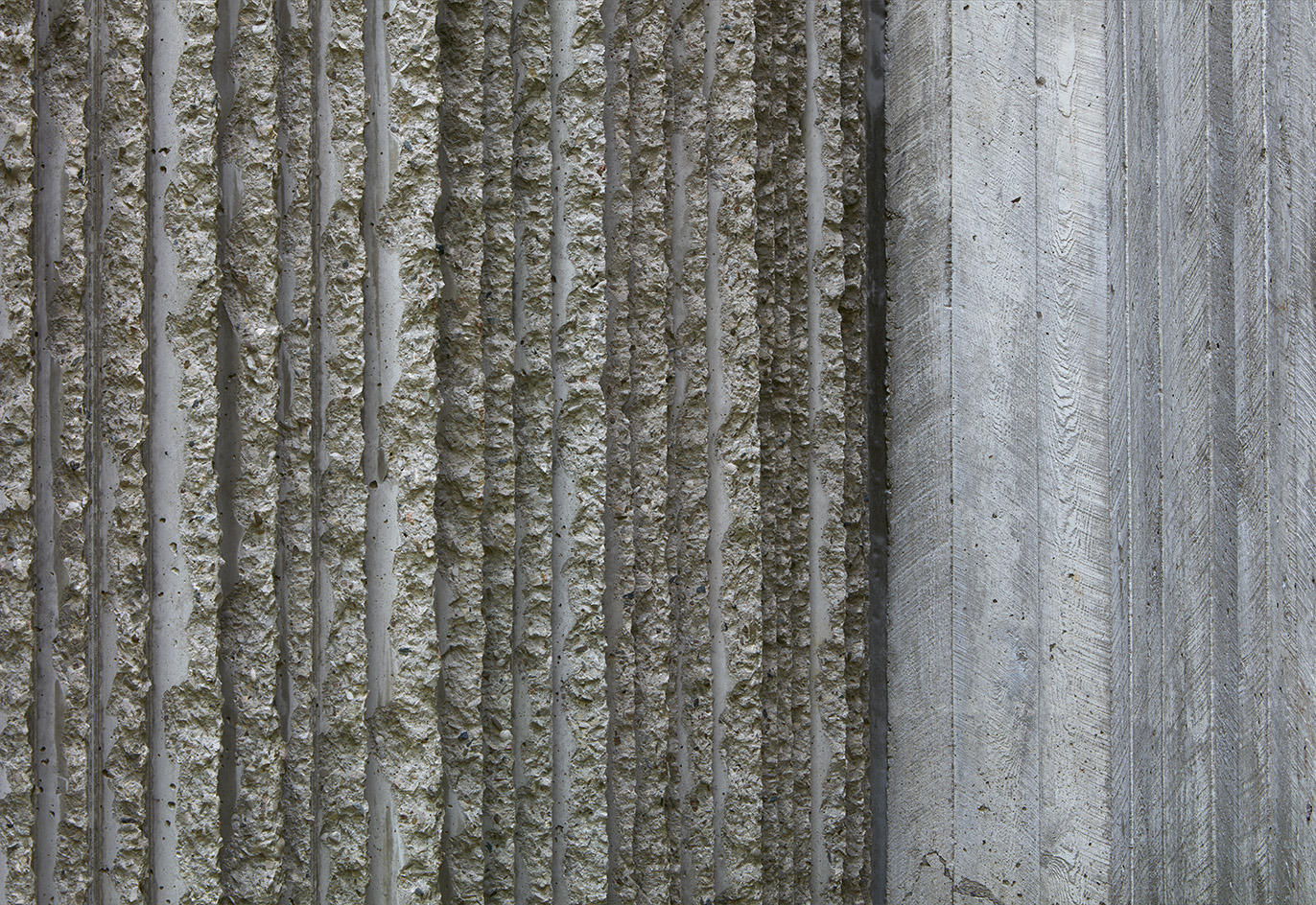
'We do have a kind of brain trust that we’ve been working with and we’re trying to reimagine what it could be,' finishes Rudy. 'The City of Toronto seems to be interested in working with us and helping us. It’s a real legacy piece of architecture that, internationally, is recognised.'
While the province owns the Ontario Science Centre, the land it sits on is leased to the province by the City of Toronto and is governed by the Toronto and Region Conservation Authority (TRCA). The lease expires in 2064.
Toronto-born Dave LeBlanc writes weekly about architecture for Canada’s National Newspaper, The Globe and Mail.
-
 Warp Records announces its first event in over a decade at the Barbican
Warp Records announces its first event in over a decade at the Barbican‘A Warp Happening,' landing 14 June, is guaranteed to be an epic day out
By Tianna Williams
-
 Cure your ‘beauty burnout’ with Kindred Black’s artisanal glassware
Cure your ‘beauty burnout’ with Kindred Black’s artisanal glasswareDoes a cure for ‘beauty burnout’ lie in bespoke design? The founders of Kindred Black think so. Here, they talk Wallpaper* through the brand’s latest made-to-order venture
By India Birgitta Jarvis
-
 The UK AIDS Memorial Quilt will be shown at Tate Modern
The UK AIDS Memorial Quilt will be shown at Tate ModernThe 42-panel quilt, which commemorates those affected by HIV and AIDS, will be displayed in Tate Modern’s Turbine Hall in June 2025
By Anna Solomon
-
 Croismare school, Jean Prouvé’s largest demountable structure, could be yours
Croismare school, Jean Prouvé’s largest demountable structure, could be yoursJean Prouvé’s 1948 Croismare school, the largest demountable structure ever built by the self-taught architect, is up for sale
By Amy Serafin
-
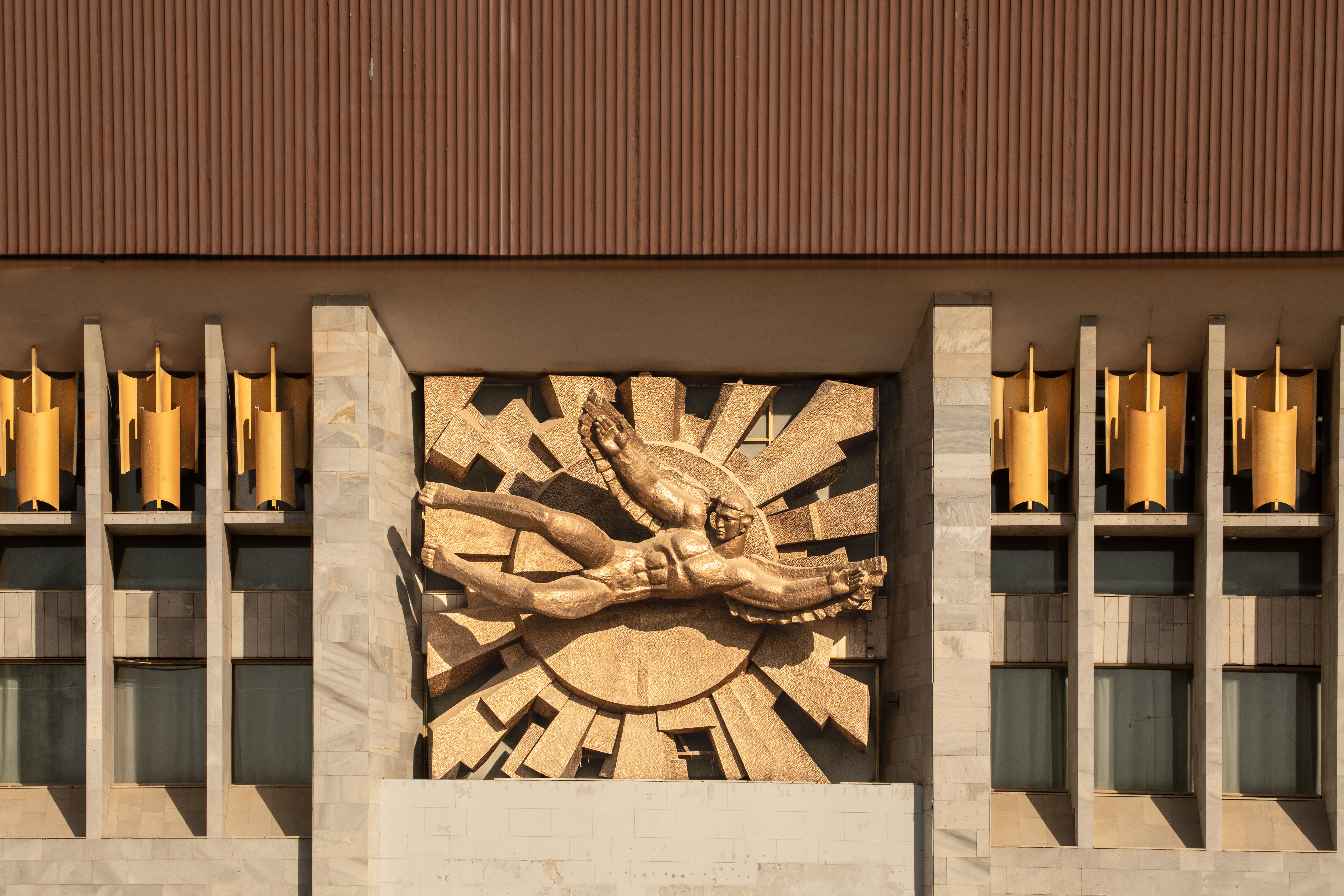 Jump on our tour of modernist architecture in Tashkent, Uzbekistan
Jump on our tour of modernist architecture in Tashkent, UzbekistanThe legacy of modernist architecture in Uzbekistan and its capital, Tashkent, is explored through research, a new publication, and the country's upcoming pavilion at the Venice Architecture Biennale 2025; here, we take a tour of its riches
By Will Jennings
-
 At the Institute of Indology, a humble new addition makes all the difference
At the Institute of Indology, a humble new addition makes all the differenceContinuing the late Balkrishna V Doshi’s legacy, Sangath studio design a new take on the toilet in Gujarat
By Ellie Stathaki
-
 How Le Corbusier defined modernism
How Le Corbusier defined modernismLe Corbusier was not only one of 20th-century architecture's leading figures but also a defining father of modernism, as well as a polarising figure; here, we explore the life and work of an architect who was influential far beyond his field and time
By Ellie Stathaki
-
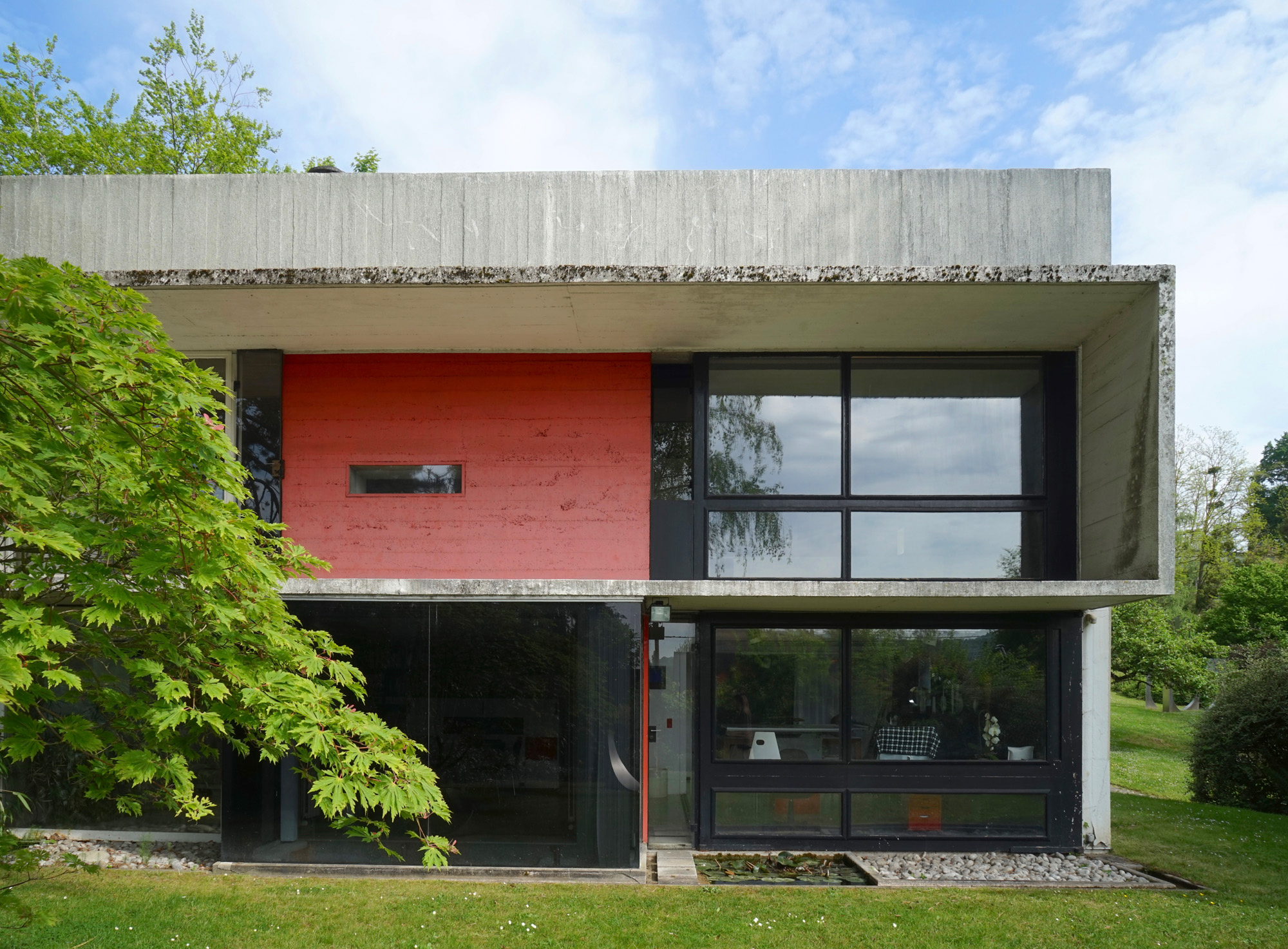 How to protect our modernist legacy
How to protect our modernist legacyWe explore the legacy of modernism as a series of midcentury gems thrive, keeping the vision alive and adapting to the future
By Ellie Stathaki
-
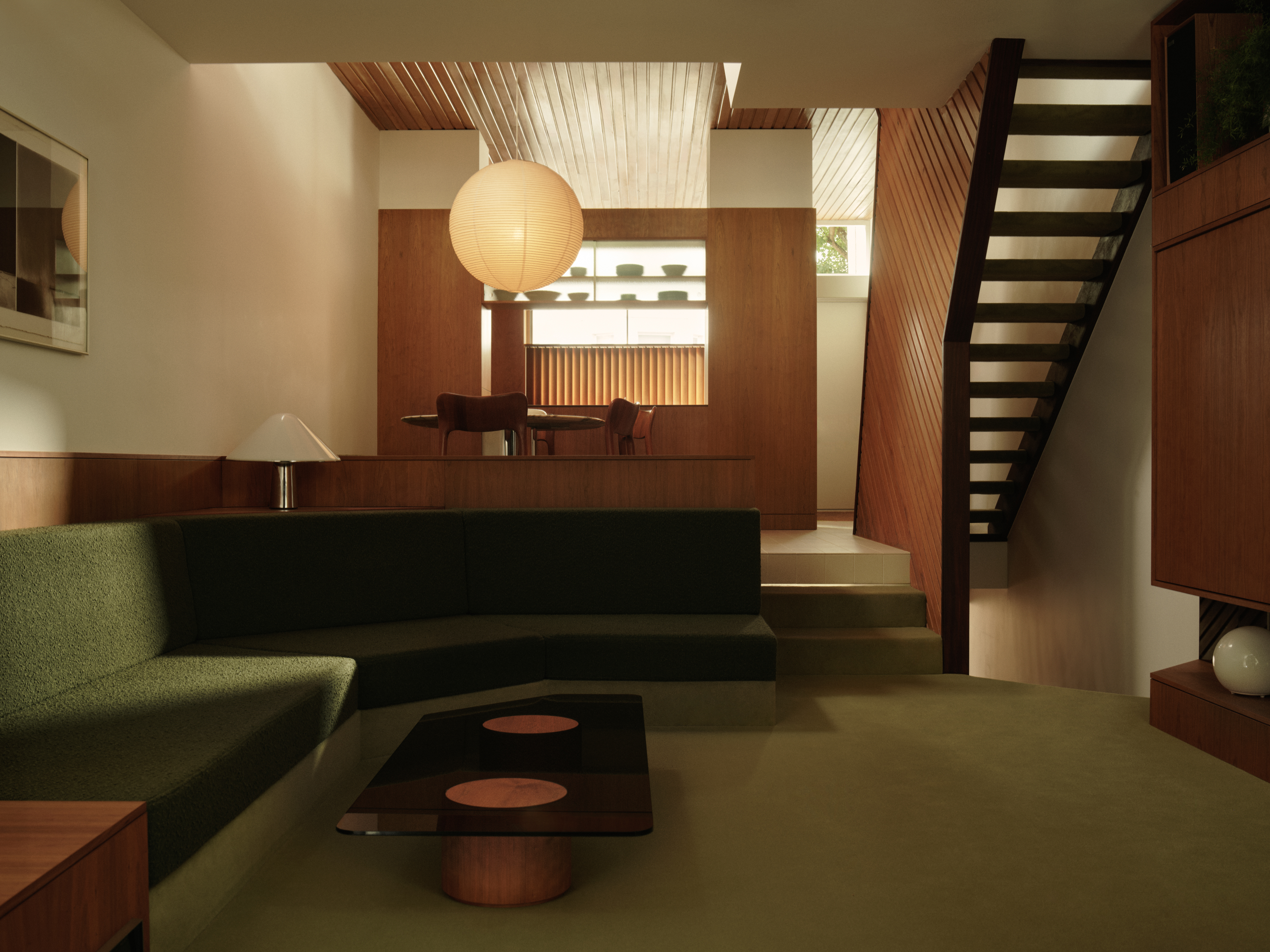 A 1960s North London townhouse deftly makes the transition to the 21st Century
A 1960s North London townhouse deftly makes the transition to the 21st CenturyThanks to a sensitive redesign by Studio Hagen Hall, this midcentury gem in Hampstead is now a sustainable powerhouse.
By Ellie Stathaki
-
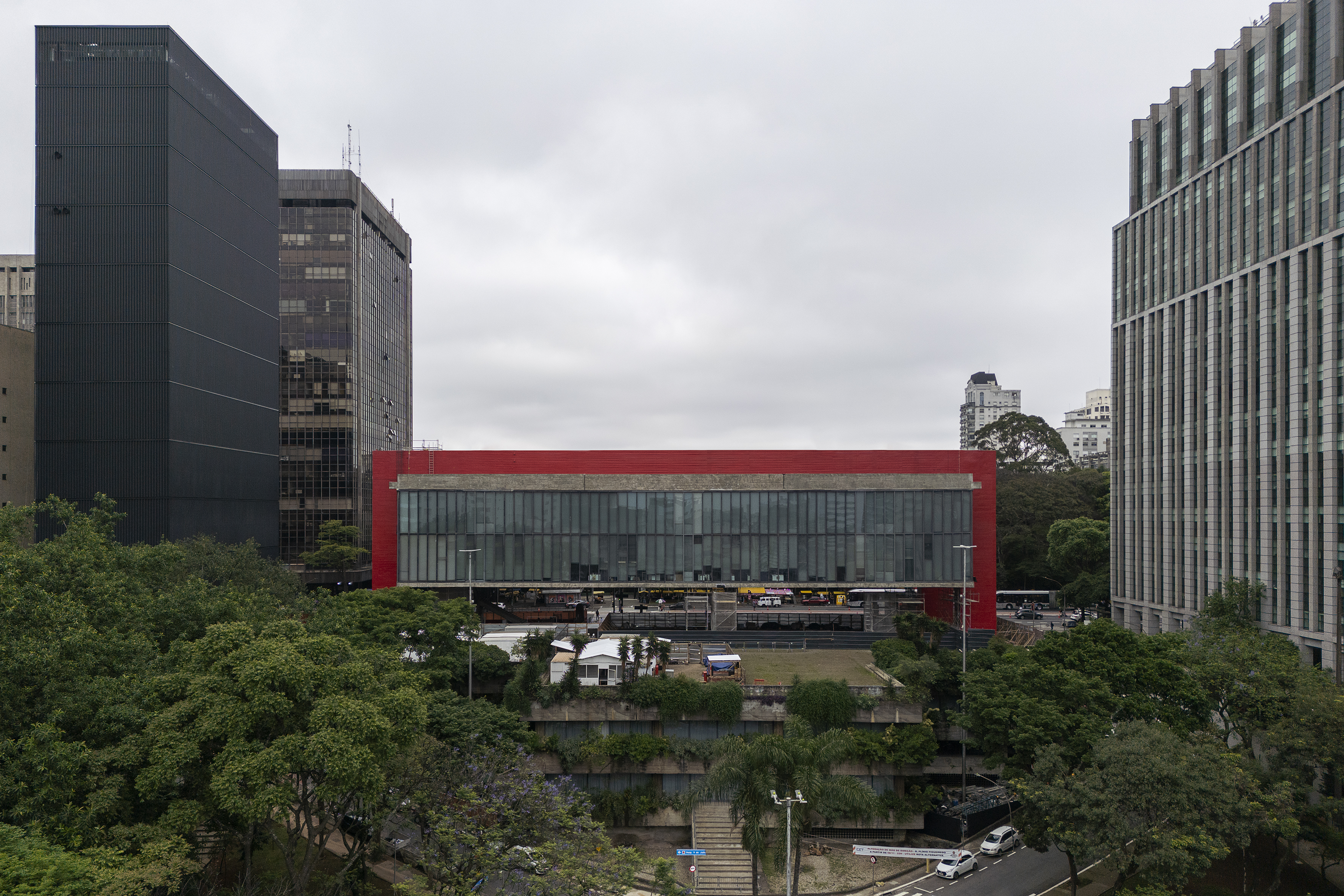 The new MASP expansion in São Paulo goes tall
The new MASP expansion in São Paulo goes tallMuseu de Arte de São Paulo Assis Chateaubriand (MASP) expands with a project named after Pietro Maria Bardi (the institution's first director), designed by Metro Architects
By Daniel Scheffler
-
 Smoke Lake Cabin is an off-grid hideaway only accessible by boat
Smoke Lake Cabin is an off-grid hideaway only accessible by boatThis Canadian cabin is a modular and de-mountable residence, designed by Anya Moryoussef Architect (AMA) and nestled within Algonquin Provincial Park in Ontario
By Tianna Williams